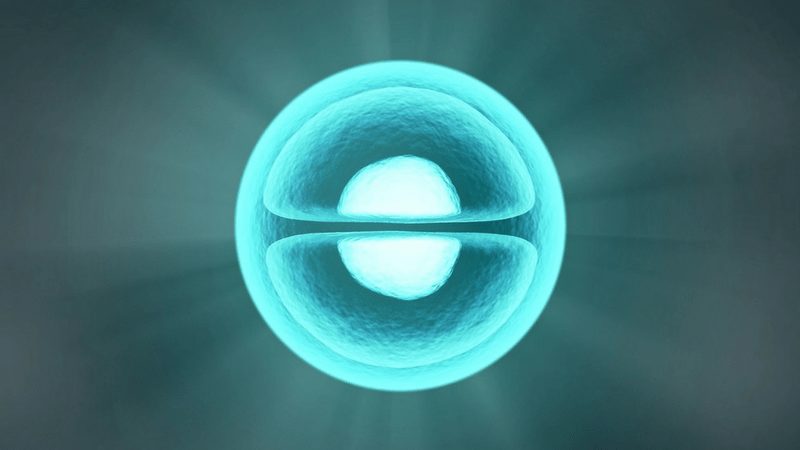Half of a Cell? Haploid Cells and the Benefits of Sex
Episode #9 of the course How the cells work by Luis Francisco Cordero
Sex is important. So important, we gave away immortality for it.
Wait, what?
You read that right. Asexual reproduction only requires one cell to divide to give birth to two others. If you think about it, death is not contemplated in bacteria life cycle. They are “born” from another bacteria, and they acquire more resources from the surrounding ambient. Eventually, when they are plump enough, a spark activates and forces them to divide. They do not require death and will just keep on dividing if favorable conditions persist.
Then we have sexual reproduction. And when you use this gimmick of evolution, after you reproduce yourself, you are no longer of use for the species (at least, after nurturing for your younglings), and eventually, you are required to die.
Why Die?
Sexual reproduction allowed for a shortcut in the race of evolution and competition among and between organisms in such an efficient way, life happily went for it, disregarding … well, that you die for it.
The shortcut is this: Whenever a cell replicates, its genetic code prevails in its offspring but never quite the same as it was. All cells, during each duplication of their DNA, commit errors that result in mutations. We talked about this in an earlier lesson. But with sex, this process gets another layer of possibilities.
All sexual-reproducing organisms do so by generating a unique kind of cells called haploid cells. These, unlike any other ones, are a little short on one thing: They contain exactly half the genetic code of their peers. We all have two sets of chromosomes (the long strings of DNA that contain our genetic code), one derived from each of our parents. When your body makes an haploid cell, like a sperm cell or an ovule (egg), your chromosomes intertwine closely and shuffle all the genes they hold. Accordingly, each of these cells has a very different set of genes, not equal to those of the whole organism and different from each other haploid cell in it.
In this fashion, the potential of the genetic code to implement different mutations increases exponentially, and the resulting variety of beings permits them to be similar to their peers but unique at the same time.
So, while bacteria can only replicate and generate clones of itself, sexually-reproducing organisms introduce variety on each successive generation, and this allows for a quicker innovation in their features.
Did You Know?
The famous Fibonacci sequence, which starts with 0 and 1, and every number after the first two is the sum of the two preceding ones (i.e.: 0, 1, 1, 2, 3, 5, 8, 13, 21 … etc.), can be found in many places in nature. From the arrangement of fruitlets of a pineapple to nautilus shells, this sequence and its ratio, known as the golden ratio, is indeed omnipresent.
It is not only important in nature but also in art. Many classical and modern painters, plastic artists, and musicians employ this ratio to make their creations more pleasing to our senses.
And for any X chromosome on any individual, the number of possible ancestors for it also follows the Fibonacci sequence.
Key Takeaways
Sex allows for innovation in the sense of mutations and variety in the genetic code of the offspring. This way, new generations are able to change much quicker than if a cell were just to divide in two, the way bacteria replicate. This higher variance allows for more diversity in new generations to come, and the advantage of this in the race for adaptation is so great, life gladly incorporated the need to die into the whole package.
In tomorrow’s lesson, we’ll try to sum up everything we’ve learned so far.
Recommended book
Your Inner Fish: A Journey into the 3.5-Billion-Year History of the Human Body by Neil Shubin
Share with friends

